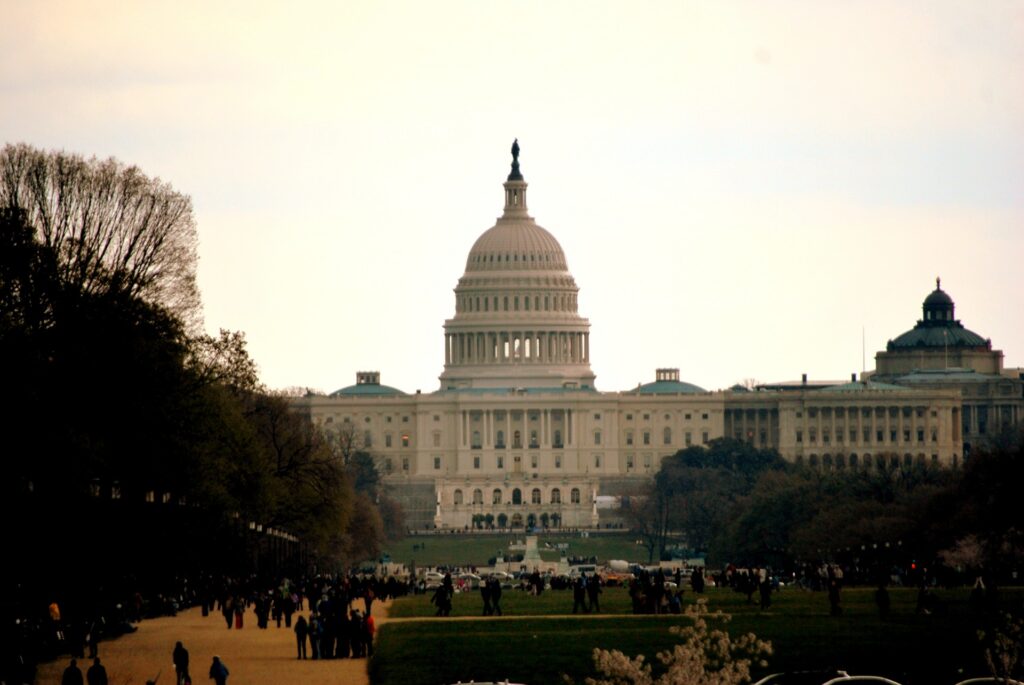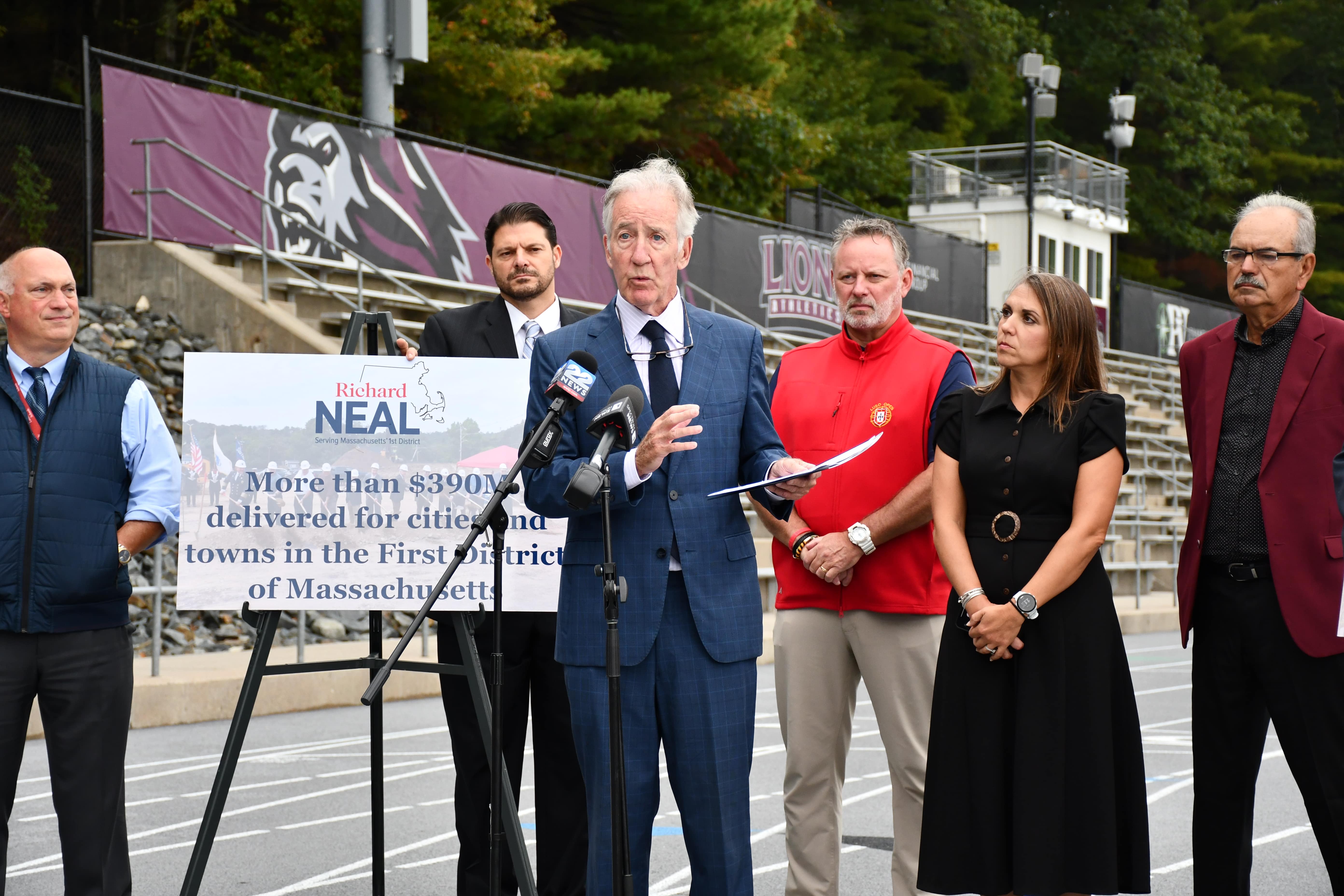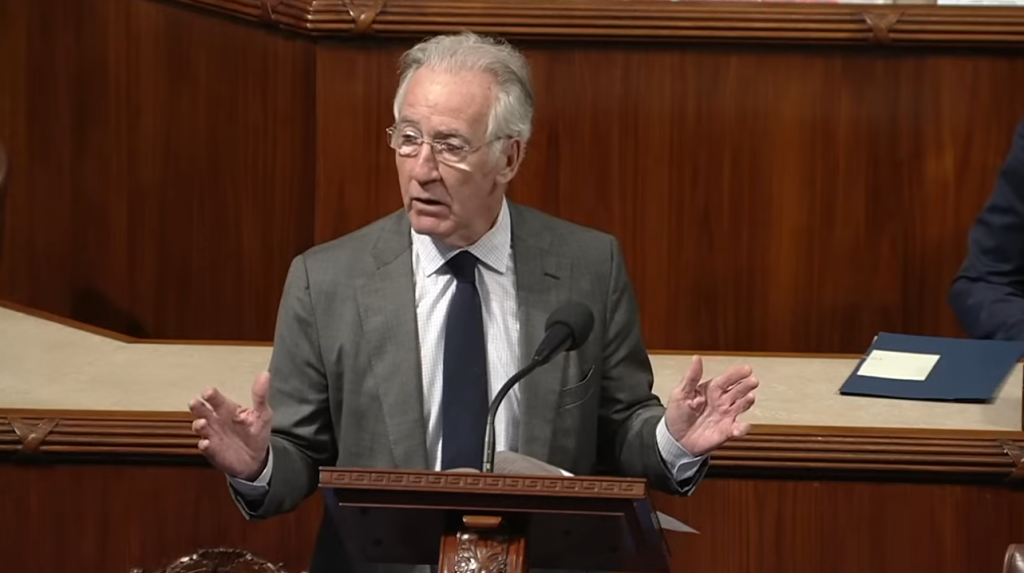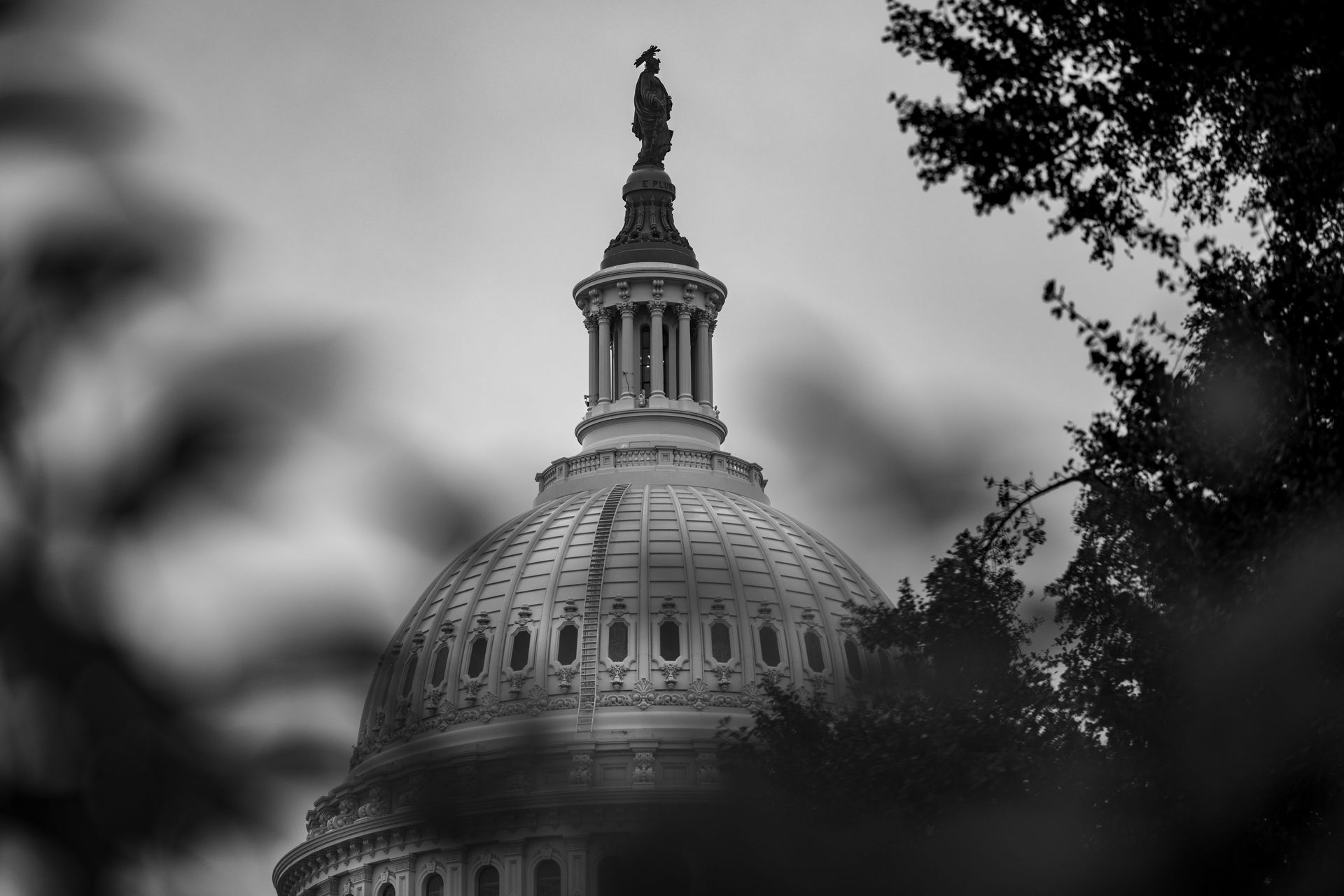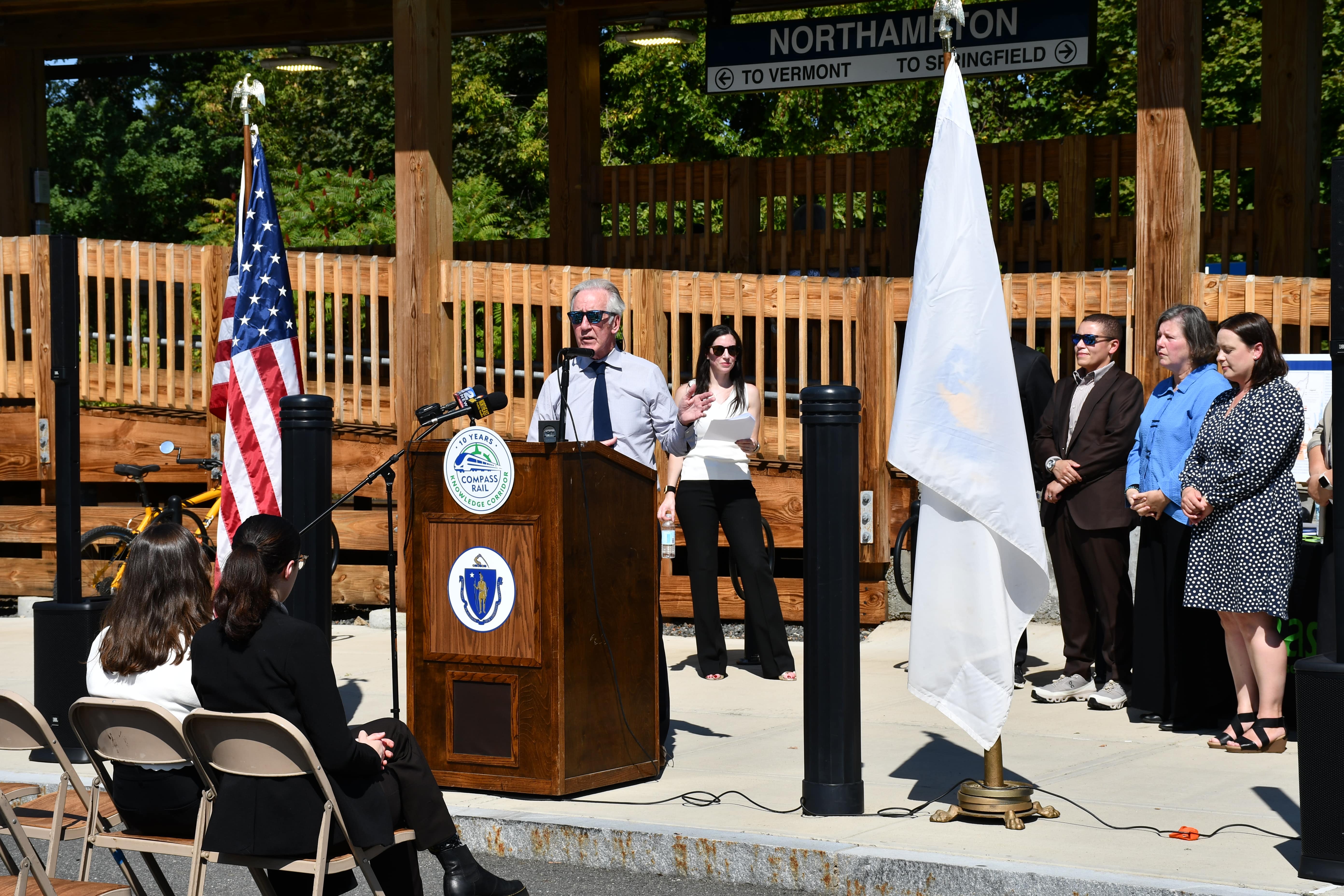Washington, DC
U.S. Rep. Richard Neal, D-Springfield, and more than a dozen other members of the House Ways and Means committee met with President Donald Trump Tuesday to discuss the Republican’s plan to overhaul the U.S. tax system.
Neal, the top Democrat on the powerful tax-writing committee, Chairman Kevin Brady, R-Texas, and a bipartisan group of panel lawmakers, including U.S. Rep. John Larson, D-Connecticut, attended the morning White House meeting on tax system changes — an issue congressional Republicans and the Trump Administration have pledged to focus on in the coming months.
Neal spokesman William Tranghese confirmed the Springfield Democrat’s attendance at the White House meeting with Trump, but did not provide specifics on what tax-related issues were discussed at the sit down.
Trump, who is expected to announce his tax reform plan Wednesday, said he has asked lawmakers from both sides of the aisle to discuss a framework for tax cuts and overhauls.
Trump reaffirmed that his administration’s plan to overhaul the U.S. tax system would be based on four main principles: simplifying the tax code; cutting corporate tax rates; providing tax relief for middle class Americans; and bringing back wealth kept overseas.
The president added that he looks “forward to working with the members of Congress gathered here today to pass the reform and the massive tax cuts that our country desperately needs to thrive, to grow, to prosper.”
“If we do this, we will create millions of new jobs for our people and bring many, many businesses back to our shores. We will become a competitive nation again,” he said, according to White House pool reports. “It is time for both parties to come together and do what is right for the American people.”
Neal said much of the conversation at the White House meeting was “very general,” adding that Trump stressed “the rich will not benefit” from the tax overhaul plan.
“I laid out (the) need for revenue neutrality, building tax reform from middle-out, no tax cut for those at the top,” he said in a series of tweets. “(The) conversation was vigorous about what to do concerning repatriation tax reform. President Trump said he wanted to work with (Democrats) on tax reform and didn’t rule out the principles we raised in the meeting.”
The president previously called for eliminating loopholes that benefit wealthy Americans and special interests and lowering the corporate tax rate from 35 percent to 15 percent — a rate which he has argued would make the U.S. “highly competitive” with foreign rivals.
He further argued in favor of lowering taxes for middle income Americans and helping parents afford child care, as well as making it less punitive for corporations to bring that money back to America.
The White House and congressional Republicans are finalizing a tax plan that would slash the corporate rate while likely reducing the levy for the wealthiest Americans, with President Donald Trump ready to roll out the policy proposal at midweek.
A plan being worked on by the White House and congressional Republicans, however, would likely cut the tax rate for the wealthiest Americans from 39.6 to 35 percent, reduce the top tax for corporations from 35 to 20 percent and simplify the system by cutting the number of income brackets from seven to three, the Associated Press reported Tuesday.
Neal, who met with the president in February on trade-related issues, has raised concerns about Trump’s pledge to help middle class Americans and his commitment to bipartisanship.
President Donald Trump hit the road Wednesday to promote his administration’s plan to overhaul the U.S. tax system — an area on which Republican lawmakers have pledged to focus much of their attention this fall.
Although the congressman has repeatedly said he’s open to making some changes to the U.S. tax system, he’s stressed that he will vehemently oppose any effort to offer tax cuts to the wealthiest Americans.
Democrats, Neal recently said, believe it’s time to act on a comprehensive overhaul plan and are ready to work with the GOP on “real tax reform that provides tax relief and expands opportunities for middle class families, closes the skills gap and promotes middle class job growth.”
##
